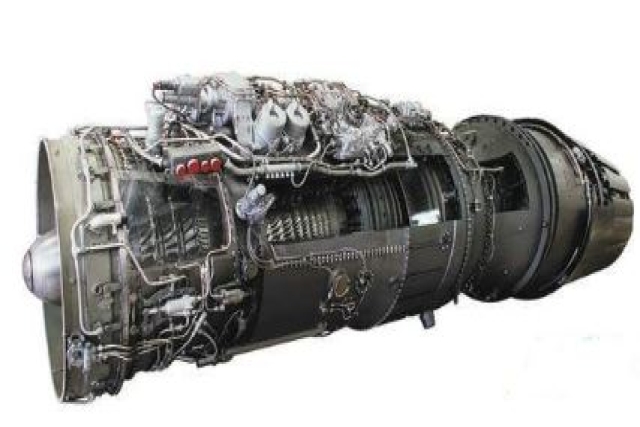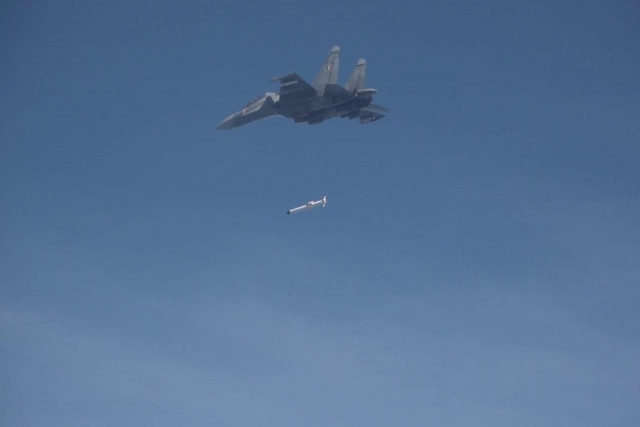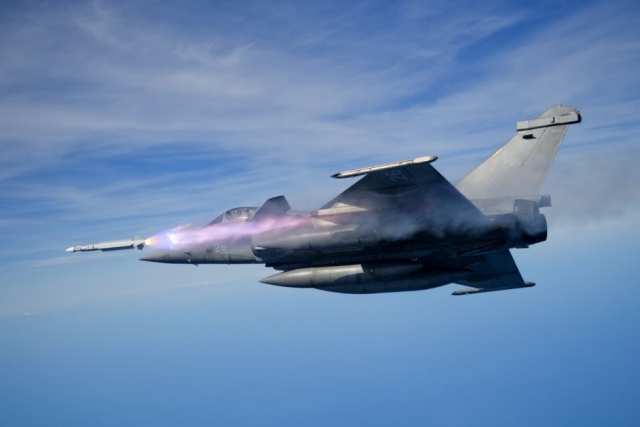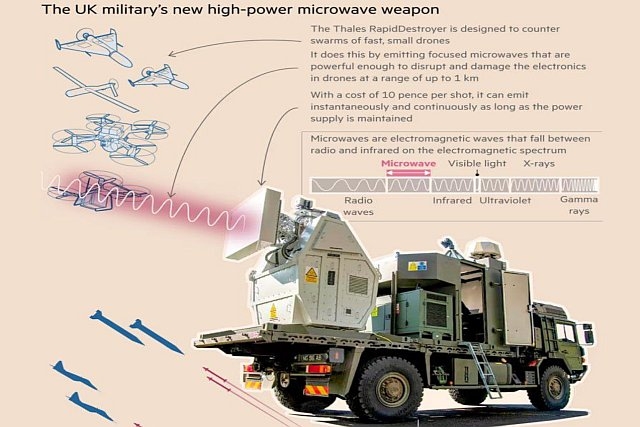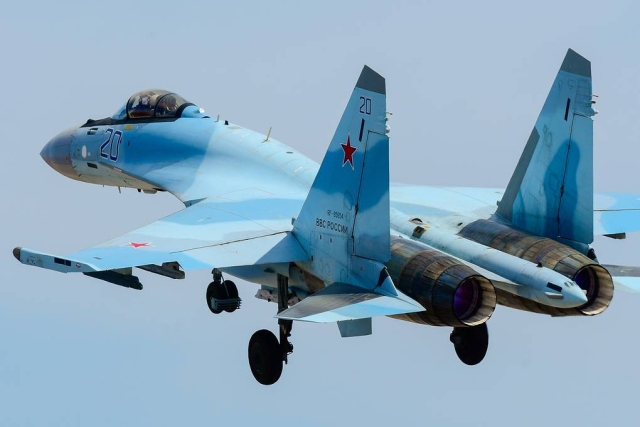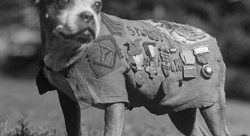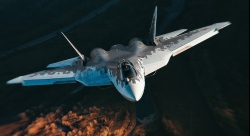All-new AESA Radar “Virupaksha” for Su-30MKI Upgrade Shown At Aero India 2025
The Virupaksha AESA radar is a significant improvement over the Russian origin N011M passive array radar current installed on the Su-30MKI.

India’s Defense Research and Development Organization (DRDO) has revealed its all-new Active Electronically Scanned Array (AESA) radar for the Su-30MKI upgrade program marking a major leap in the country’s ability to develop radar technology.
A model of the radar, “Virpaksha” is being displayed for the first time to the public at the Aero India 2025 event in Bangalore. The radar is a significant upgrade over the passive array radar current installed on the Su-30MKI.
A DRDO scientist involved with the project told Defensemirror.com that the radar should ready for live tests within a couple of years. It is being developed simultaneously with a dedicated AESA radar for the Advanced Medium Combat Aircraft (AMCA), India’s fifth generation fighter jet whose full -scale model was also shown for the first time at Aero India 2025.
The software for the radar is already ready and some hardware components have to be installed after which ground tests will begin, he said.
The radar is part of India’s $7.2-billion modernization programme for the Su-30MKIs which will extend the service life of the aircraft by 25 years.

The go ahead for the radar development came during October 2024 and the project is being undertaken by DRDO’s Electronics and Radar Development Establishment (LRDE).
According to reports, The Virupaksha radar brings major improvements over earlier Indian radar designs, such as the Uttam radar for the LCA Tejas. Unlike Uttam’s quad TRM-based system, the Virupaksha radar uses a more densely packed design using Gallium Nitride (GaN) technology.
The new radar has nearly 2400 radiating elements closely packed in GaN based planks. The Gallium Nitride (GaN) technology, improves thermal performance, allows higher power density, creating a smaller yet more efficient radar system.
